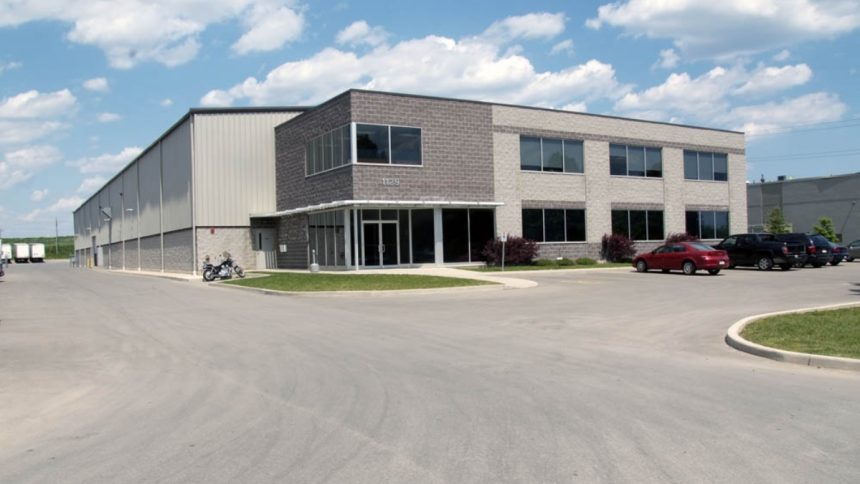Are you curious why so many businesses and in[1] dividuals across Canada are choosing prefabricated metal buildings for their construction needs? These structures are increasingly popular due to their cost-effectiveness, durability, and flexibility. They provide an efficient solution to various construction demands, ranging from commercial to industrial uses. The prefabrication process also ensures a higher degree of precision and quality control.
This article explores the reasons behind the growing preference for metal buildings Canada, examining their benefits and the various applications they support. These buildings offer significant advantages in terms of adaptability and long-term maintenance. These structures’ ability to withstand harsh Canadian climates makes them a particularly appealing choice. From warehouses to retail shops, the versatility of metal buildings accommodates diverse construction needs effectively.
Speed of Construction
One of the most significant advantages of prefabricated metal structures is the speed with which they can be erected. Components of these constructions are manufactured in a factory, ensuring precise engineering and assembly. When delivered to the construction site, the structure can be quickly put together, drastically reducing the time from start to finish compared to traditional construction methods. This rapid assembly is particularly valuable in regions with short building seasons due to weather constraints.
Cost Efficiency
Cost efficiency is another compelling reason for the popularity of these structures in Canada. The prefabrication process minimizes waste and optimizes the use of materials, lowering the overall cost of materials. Additionally, the shorter construction time reduces labour costs and allows businesses to become operational sooner, which can be critical for profitability.
Durability and Weather Resistance
Canada’s diverse climate demands structures that can withstand diverse environmental conditions, from heavy snowfall in the East to the humid conditions in the West. Metal buildings are built to endure these conditions with features like corrosion-resistant steel and robust structural supports. They are ideal for resisting the harsh Canadian weather, providing long-lasting, sturdy solutions that remain reliable year after year.
Versatility of Use
Prefabricated metal buildings’ popularity is due to their adaptability. They can be customized for various functions, from agricultural storage and industrial warehouses to retail spaces and personal garages. The interior of these structures can easily be partitioned or left as open spaces, depending on the user’s needs. Additionally, they can be expanded with relative ease, making them ideal for growing businesses.
Energy Efficiency
They can be outfitted with insulated panels that keep heating and cooling costs low. This is not only beneficial for the environment but also reduces the operating costs for any business in Canada. Efficient insulation options, combined with the natural heat conduction properties of metal, make these buildings an excellent choice for energy-conscious consumers.
Eco-Friendly
With increasing awareness of environmental issues, the eco-friendly nature of these metal buildings is a significant advantage. Steel, the primary component of these structures, is one of the most recycled materials in the world. Buildings can be constructed using recycled materials, and later, the steel can be recycled again, reducing the environmental impact and promoting sustainability within the construction industry.
The popularity of prefabricated metal buildings in Canada is well-founded. Such constructions offer numerous advantages that meet the demands of Canadian builders and businesses, including quick assembly, cost-effectiveness, robust durability, versatile usage, and excellent energy efficiency. As the construction industry continues to change rapidly, the role of these adaptable, sustainable, and durable structures is set to grow, reflecting their importance in modern Canadian architecture and construction.
Lynn Martelli is an editor at Readability. She received her MFA in Creative Writing from Antioch University and has worked as an editor for over 10 years. Lynn has edited a wide variety of books, including fiction, non-fiction, memoirs, and more. In her free time, Lynn enjoys reading, writing, and spending time with her family and friends.















